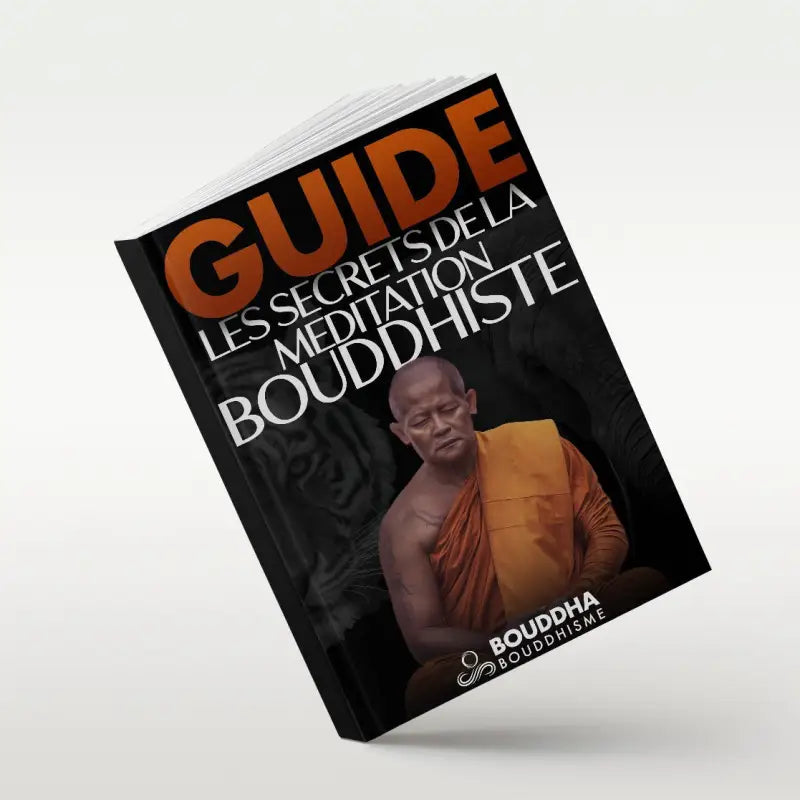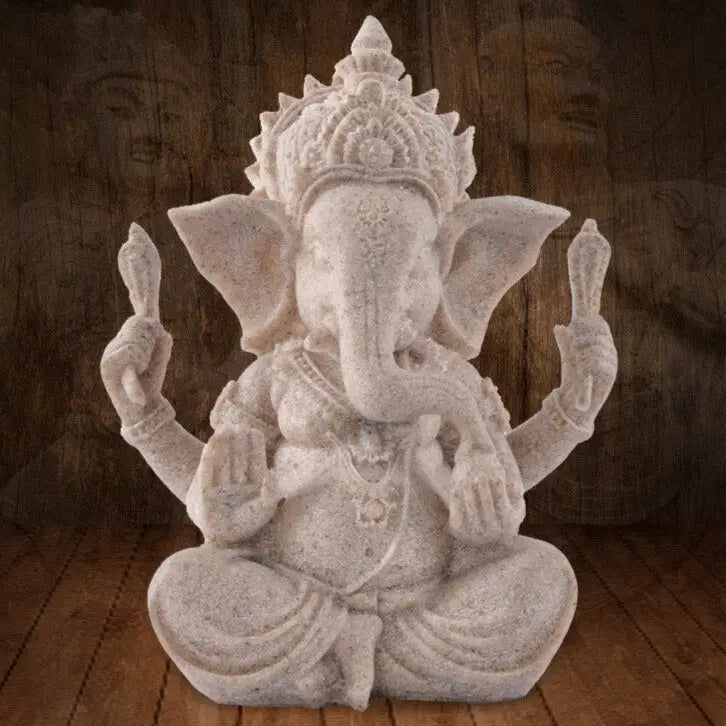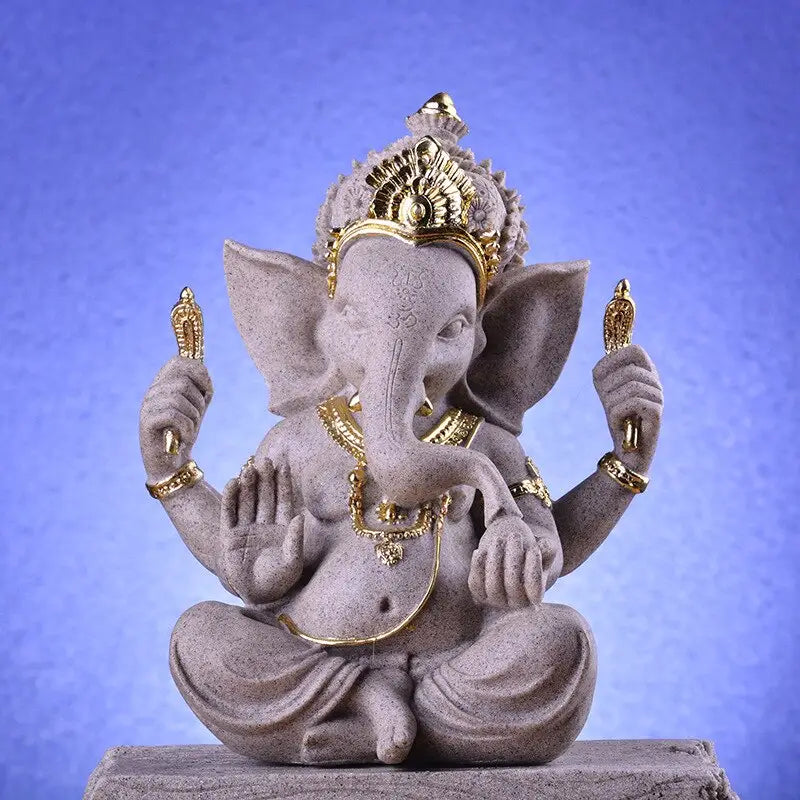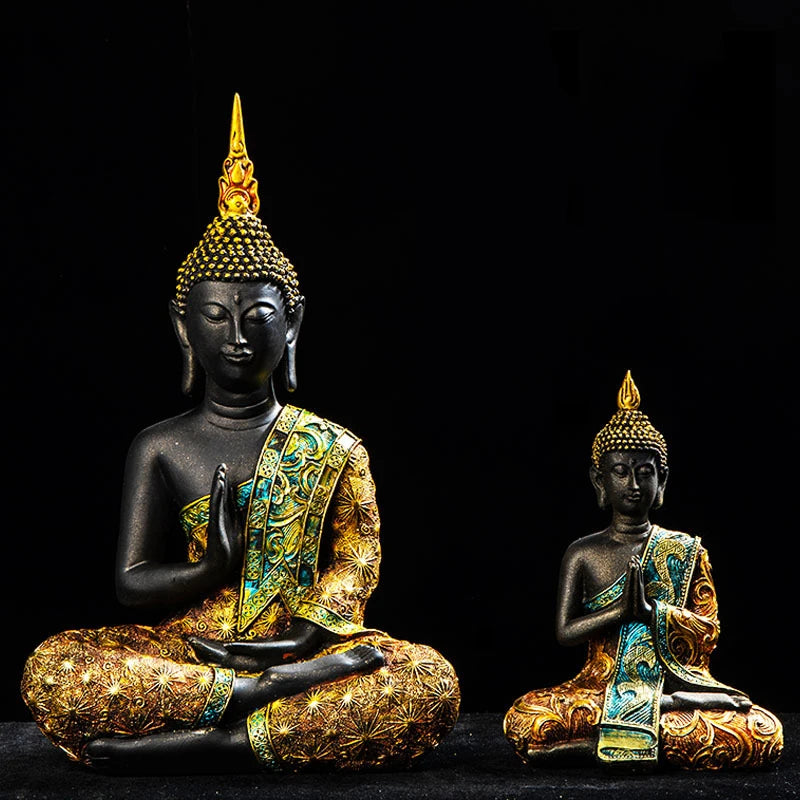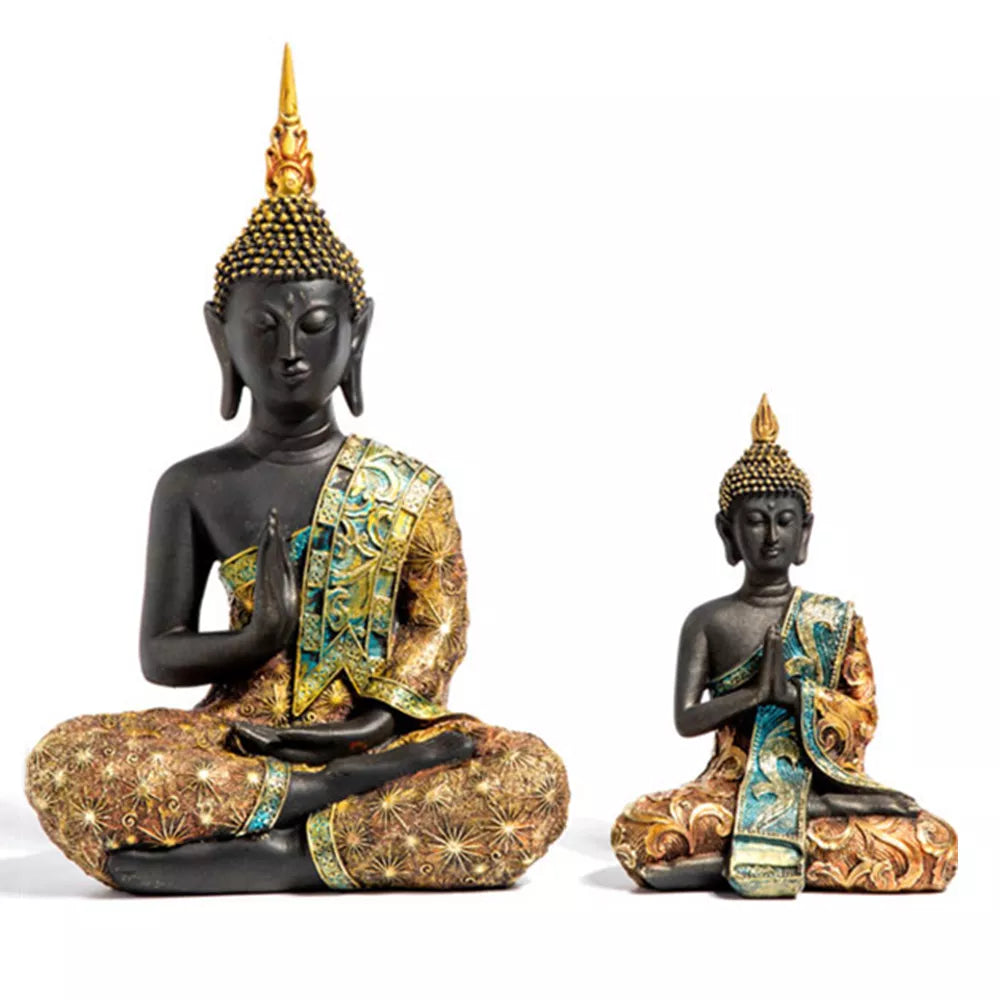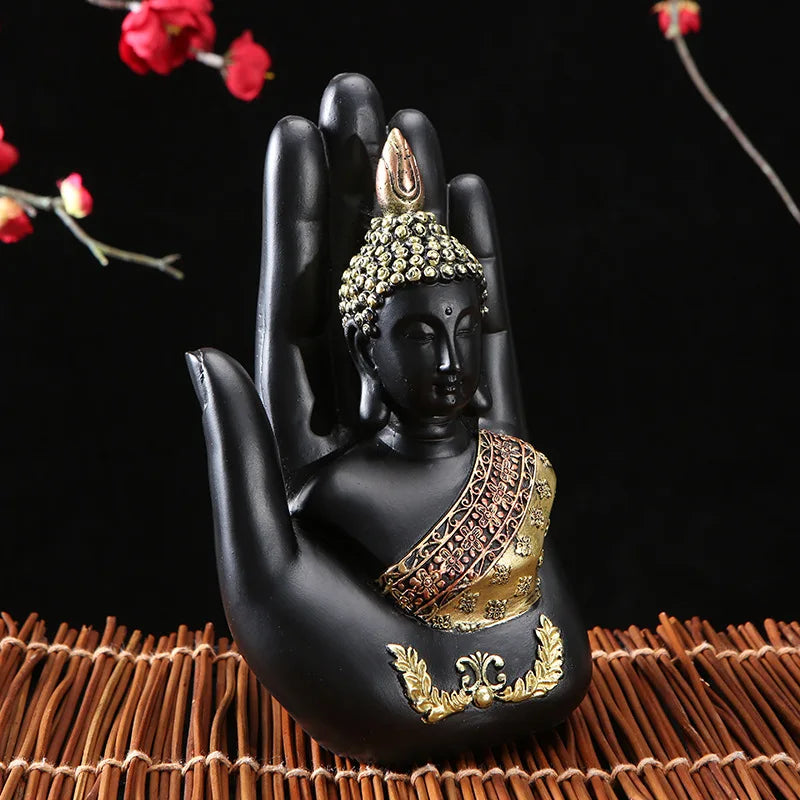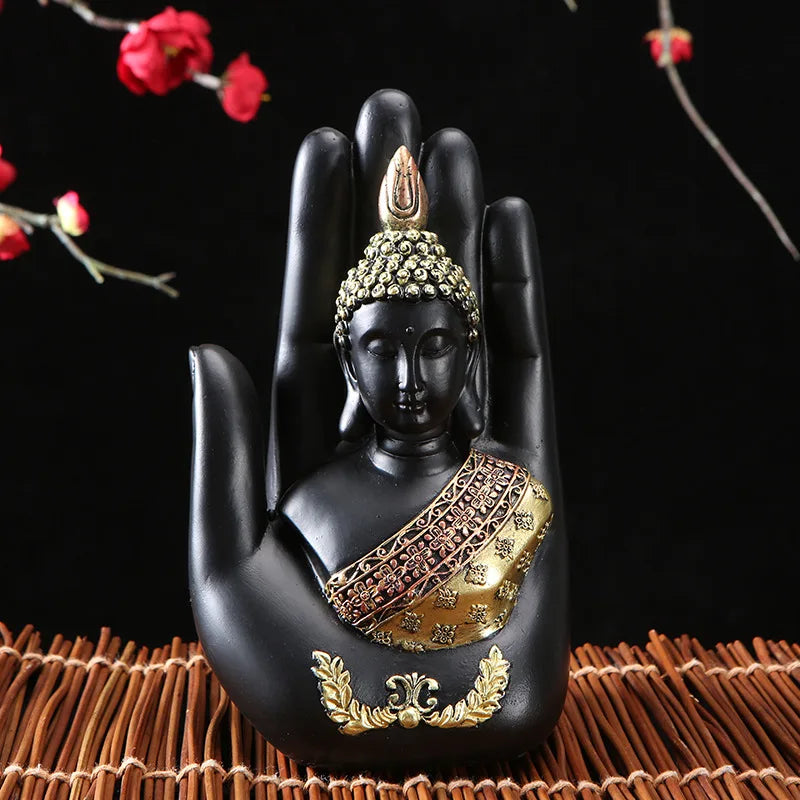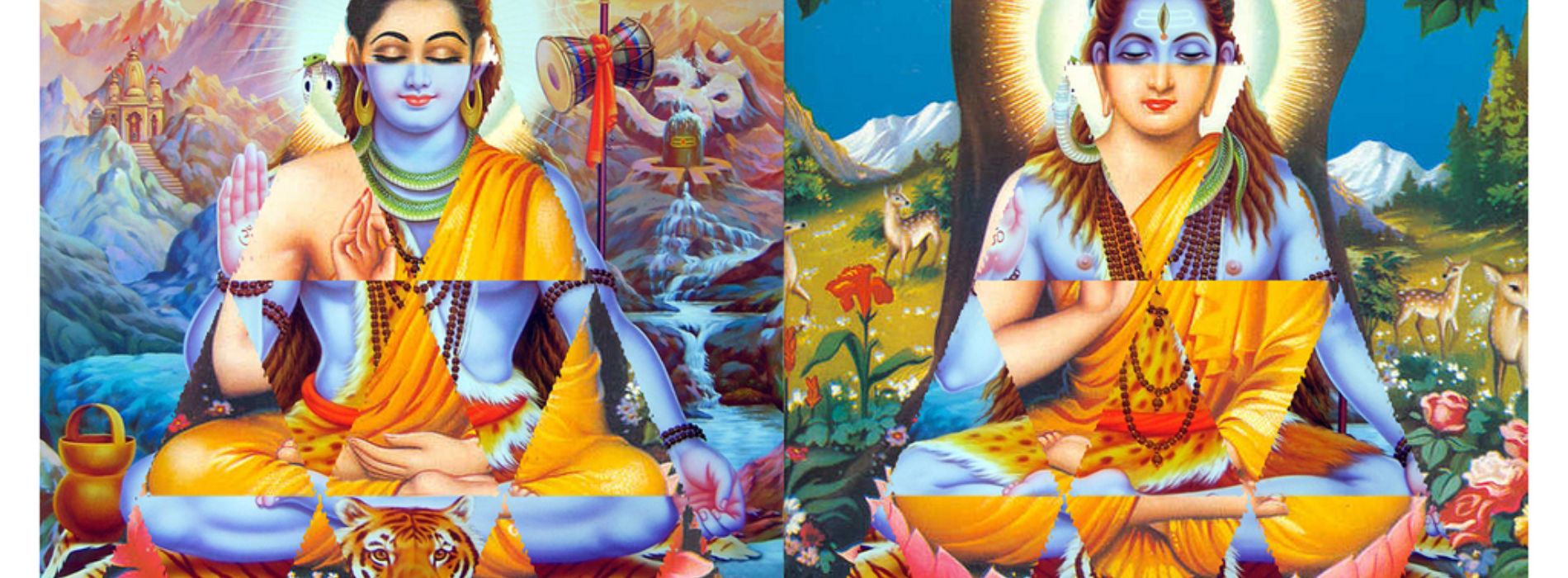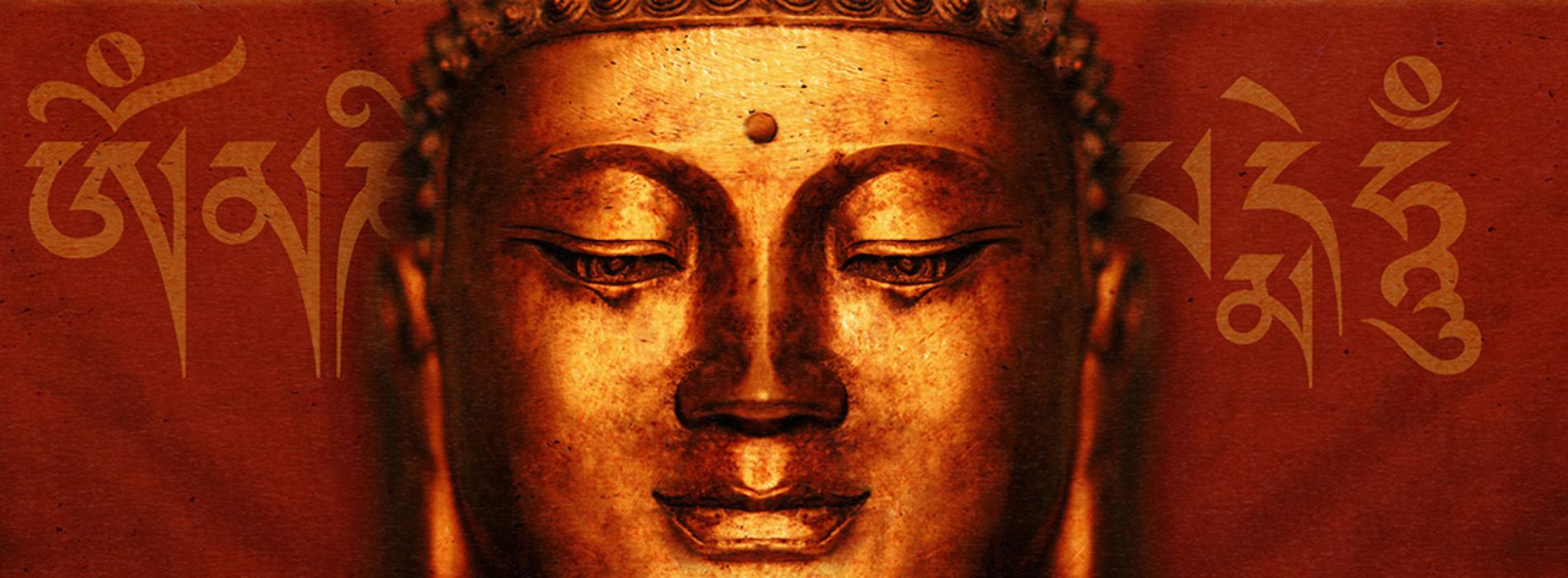For over forty days, Buddha meditated under a fig pagoda known as bodhi. It is there that he finds an inexplicable truth that seems so deep and luminous to him. Indeed, Buddha's teachings come from this meditation. Are there several types of Buddhism? What makes them different from each other?
Different forms of Buddhism
Above all, Buddhism has become part of religious fanaticism. Many people have faith in this spirituality and these practices. However, some people are unaware of the fundamental principles of this religion and are also unaware that four types of Buddhism can be distinguished:
- Traditional Buddhism: it connects the “path of lights” with a teaching closer to primitive Buddhism. It is also called original Buddhism because it is an initial form that encompasses all practices, beliefs and traditions. Indeed, the practices of this type of Buddhism use Buddhist music during rituals.
- Nikaya Buddhism: the first schools of Buddhism were named according to this doctrine. It is also classified as Theravada Buddhism. It contains the essential teachings of the enlightened being who is none other than Gautama Buddha. The fundamental principles are based on learning to direct oneself, to know oneself, to become master of one's actions and thoughts. It's about introspection;
- Mahayana Buddhism: in this type of Buddhism, the Master's teachings go beyond a doctrine, it is a guide in itself. This theory tells the truth through reasoning, criticism and philosophy. It is a representation of Zen Buddhism, that is to say Buddhism which tends towards the search for wisdom by taking into account intellectual and theoretical knowledge;
- Vajrayana Buddhism: it is the main religion of Mongolia and Bhutan. It is also called Tibetan Buddhism, which includes the other two types of Buddhism. Vajrayana includes Nyingma, Sakaya, Kagyu and Gelug.
Nuances between Mahayana Buddhism and Theravada Buddhism
Buddhism is practiced in many forms. Although there are differences between the variants, there are several aspects that have in common. It is noted that Mahayana Buddhism and Theravada Buddhism are fundamental in this spirituality until today. The term Mahayana appeared in the 1st century BCE and CE. It is a philosophy which explains that everything was in an empty state, that is to say insignificant. There are great similarities between the fundamental teachings of Mahayana and Theravada:
- Both accept Sakyamuni Buddha as Master;
- They also accept the four truths related by the Master's first teaching (suffering, the causes of suffering, the remedies and the application of remedies to suffering);
- The Noble Eightfold Path is exactly the same for both;
- They reject the idea of a supreme creative being of the universe.
What characterizes Buddhism?
The main purpose of Buddhism is to practice meditation and the objectives are to cultivate wisdom, renounce material things, promote compassion and kindness. Another goal of Buddhism is to escape from samsara. This refers to rebirth. In this regard, Buddha states that “Every morning we are reborn. What you do today is what matters most.” The principles of Buddhism are affiliated with philosophical principles. It should also be noted that Buddhist teachings are interrelated. The doctrine is therefore holistic, that is to say that the practices are understood in their entirety. Remember that the benchmark of Buddhism must refer to the Buddha and his compassionate spirit. Therefore, pujas, i.e. devotional practices, are given priority. This is supported by the theory of reincarnation of Buddha which is linked to other cultures such as Brahmanic.
Setting the wheel of Dharma in motion
The first setting in motion of the famous wheel of Dharma represents the first teachings of the Buddha. He taught the four truths which are:
- Suffering: it can take many forms, such as physical suffering, emotional suffering or psychological suffering. According to Buddha, impermanence and distraction are other manifestations of suffering. Furthermore, ignorance is a latent form of suffering. The latter is explained by mental confusion, hatred, desire, obsession, pride and jealousy. This distortion of reality prevents us from being at peace;
- The causes of suffering: in general, negative acts and mental poisons such as hatred, lust, lack of discernment and many others cause suffering;
- Remedies for suffering: there are methods which constitute the cessation of suffering, it must be sought at the very heart of the problems;
- The application of remedies: these methods translate into the Buddhist path, that is to say a path of transformation from ignorance to awakening and from suffering to liberation from suffering.
Modern Buddhist practices
Buddhist practices are no longer limited to the Eastern world, they also extend to the Western world and have become practices in their own right in certain regions or countries. However, the most common aspect is the popular Buddhism approach, that is, the religion has become fashionable. Certain objects symbolizing this cult are sold in decoration stores or even in large chains. Many Westerners put dancing sticks and stone gardens in their living rooms.
In general, Buddhism is seen in a positive sense because many people see it as supporting personal development. Practices such as veganism, neuroscience and especially the famous yoga are becoming more and more widespread. This spirituality has convinced many Europeans and Americans because it is pragmatic and rational.


















